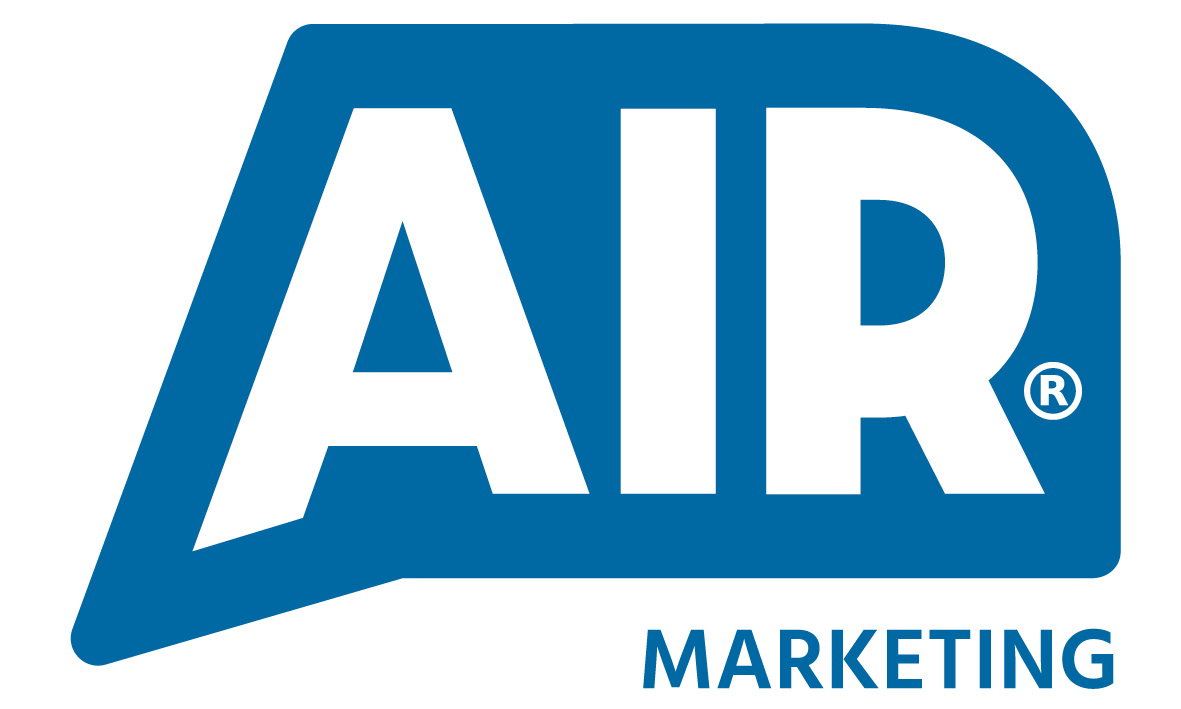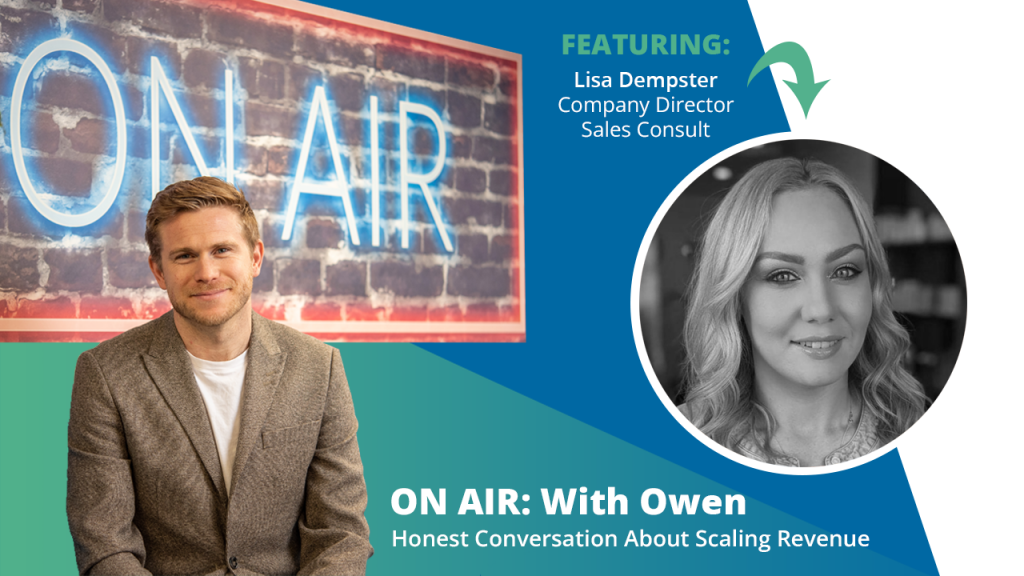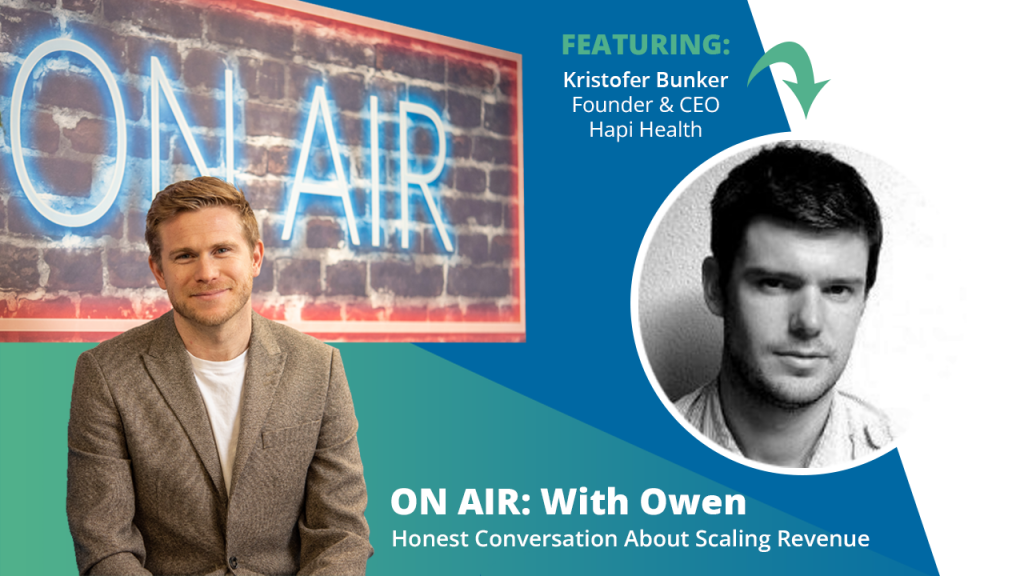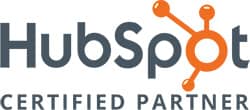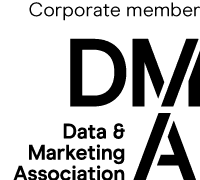Striking the right balance between healthy optimism and being necessarily realistic is crucial when it comes to predicting accurate ramp times and setting appropriate targets within a business.
One of the most common mistakes when it comes to building and managing an outbound sales team is vastly overestimating what’s going to happen in a short space of time, and underestimating the challenges that come with the process before it becomes successful.
Nothing in sales has ever happened overnight, and that sentiment rings even truer when discussing the hurdles that come with outbound. In this scenario, more than most, possessing a tolerance for failure, in terms of both the process and the individuals involved within it, is absolutely crucial for both short and long-term success.
This idea—one that is still unfortunately very prevalent within our industry—that you can hire an SDR and have them ramp up to 100%, to perform at their absolute optimum in the space of just three months, is naive at best. Realistically, it’s going to take at least six months to get close to that highest level, in many cases it can take up to a full year.
The lack of education and understanding surrounding the length of sales cycles is a major factor in these misconceptions. For instance, and this is hardly an uncommon scenario for a newly hired SDR: they book their first meeting in month two, they meet two weeks later, the prospective client takes a further two weeks to mull it over, then they hold a second meeting, then the client takes it to their next board meeting but doesn’t get time to discuss it, eventually it gets brought up in the next board meeting and finally, it gets signed off.
Before you know it, and this is through no fault of your SDR, that whole sign-off process has turned into a three month operation, and could even be a whole six months on from the SDR actually joining the business.
On top of that, you need to factor in further variables that can affect sales, such as seasonality, regulatory changes, economic shifts and even something as simple, but hugely disruptive, as a key person leaving the business. It’s never stagnant, it’s a constant process of improvement and it definitely doesn’t just peak after three months, then flatline from that point onwards.
Outbound is one of, if not the hardest channel to find success with, especially in the short-term. It takes the longest time to generate a return, often has the longest sales cycles and generally offers the lowest conversion rates. The issue with all of that, is if you’re a small business attempting to scale, and something doesn’t work out the way you’d hoped, you don’t achieve the revenue you’d predicted, you really feel it and that experience sticks with you for a long time.
These kinds of situations are a massive factor in many people’s attitude towards using outbound as a channel, and again, much of it comes down to a lack of education surrounding the time and resources that actually need to be pumped in to make it succeed.
All of this means you have to modify the way in which you measure your team and business’ success.
When deciding upon quarterly KPIs, these ramp times must be factored in accordingly. Don’t just make targets solely revenue-focused, it isn’t an accurate reflection of the work that might be going on behind the scenes and it’ll just appear that you’re failing, when in reality, things aren’t as black and white as that.
Naturally, stakeholder alignment will come into play throughout this target-setting process, and ensuring the relevant figures are informed and supporting your approach is absolutely crucial. Getting everyone on the same page and forging this understanding early will save a lot of headaches further down the line when it comes to feeding back the numbers.
Devise and agree on a series of ambitious, but realistic milestones throughout the year, again, ones that aren’t just focused on revenue. Month one could be useful learnings, month three for pipelines, six months for opportunities that look like they could close and then solid revenue targets at 12 months. Of course, these timelines will differ on a business-by-business basis and will fluctuate depending on the length of your own average sales cycles.
With all that being said, the great thing about outbound sales in comparison to other channels, is once you do hit a point where you ramp to 100%, you can take those vital learnings to shape your future operations and the scope for growth becomes colossal.
Things will begin to snowball and it becomes extremely scalable. Once you evaluate and understand the metrics behind the success, you can begin to layer in more SDRs, or you introduce better technology that allows those SDRs to flourish.
It’s a massive contrast to inbound sales, where once you’ve maximised your budget and reached everyone in your network – you hit a ceiling. With outbound, when you approach it in the right way, with the right mindset and with that tolerance for failure, that ceiling doesn’t exist.
For more information on truly understanding how to predict ramp time and adjusting your quarterly measurements accordingly, tune into our Founder & CEO, Owen Richards’ appearance on The SaaS Sales Performance Podcast.
Alternatively, we’d be happy to chat through any queries you have in evaluating your outbound sales approach, get in touch now.
